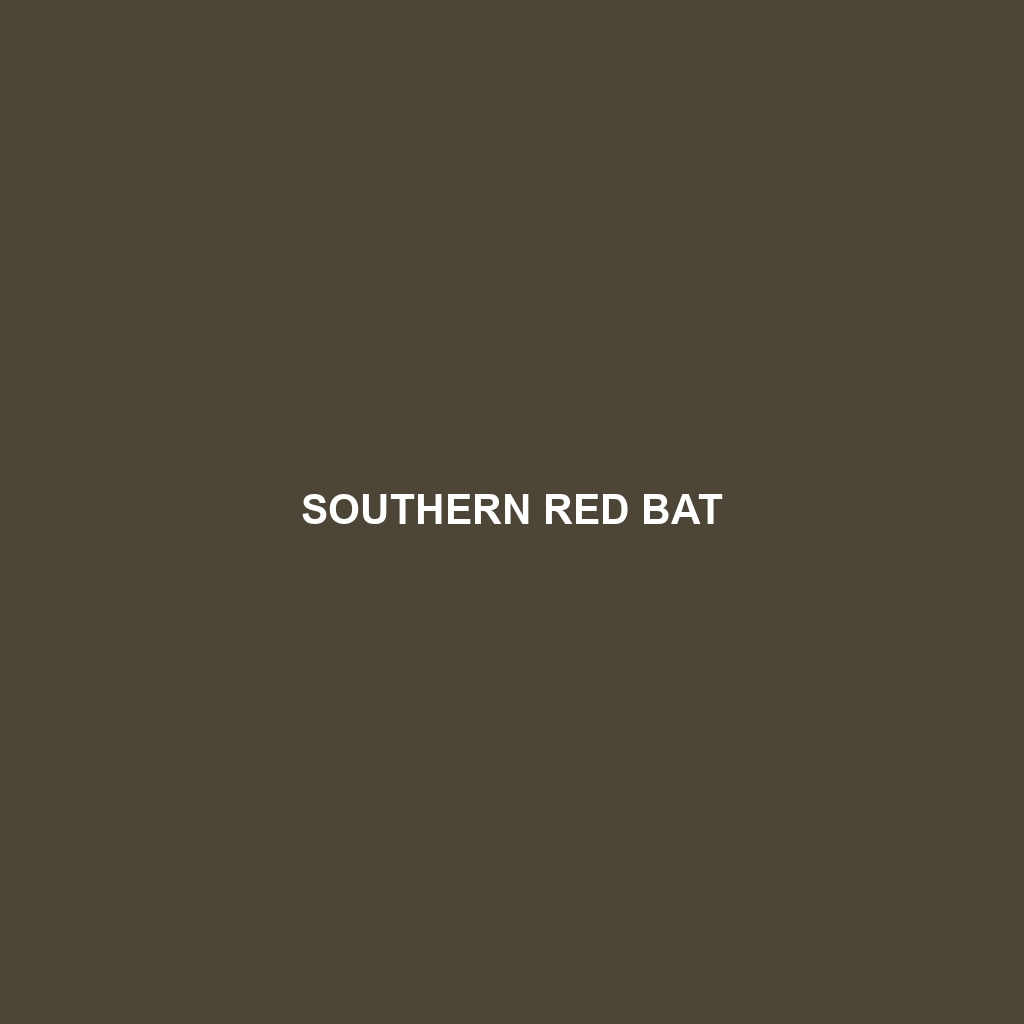Loading...
Tag: migration
Chital
Discover the fascinating world of Caribou (*Rangifer tarandus*), iconic inhabitants of the Arctic and Subarctic. Known for their remarkable migratory journeys and unique antler characteristics, these robust animals thrive in diverse cold environments. Learn about their diet, breeding habits, conservation status, and vital role in the ecosystem, as well as the challenges they face due to climate change.
Sitatunga
Discover the fascinating world of the Common Eland (<i>Taurotragus oryx</i>), the largest antelope species, native to the savannas and open plains of southern Africa. This herbivorous giant thrives in diverse habitats, showcasing unique physical traits like spiral horns and distinctive skin folds, while promoting ecosystem health through their grazing habits. Learn about their social behavior, adaptability, and the conservation efforts vital for their survival in the wild.
Kouprey
Discover the resilient Wild Yak (*Bos mutus*), a magnificent creature native to the high-altitude terrains of Central Asia, particularly the Tibetan Plateau. With their robust build, thick coats, and migratory habits, these social animals are essential for the ecosystem, playing a key role in maintaining biodiversity. As they face increasing threats from habitat loss and hunting, understanding their unique adaptations and conservation status is more vital than ever.
Arabian Tahr
Discover the fascinating world of the Saiga, a critically endangered antelope native to the arid steppes of Central Asia. With its distinctive bulbous nose and remarkable migratory behavior, the Saiga plays a vital role in its ecosystem, promoting biodiversity through grazing and seed dispersal. Learn more about this unique species, its behaviors, and the urgent conservation efforts needed to protect its future.
Przewalski’s Gazelle
Discover the fascinating world of the Mongolian Gazelle (*Procapra gutturosa*), a graceful antelope thriving in the grasslands of Mongolia and northern China. With their remarkable speed, social herding behavior, and dietary adaptations, these Near Threatened animals play a vital role in their ecosystem while facing challenges from habitat loss and climate change. Join us as we explore their unique characteristics, migratory patterns, and conservation status.
Tsessebe
Discover the fascinating world of the Black Wildebeest, also known as the White-tailed Gnu, with our comprehensive species description. This resilient herbivore thrives in the grasslands of southern Africa, known for its distinctive shaggy black coat and unique behaviors such as snorting to evade predators. Learn about its habitat, diet, reproductive patterns, and the vital role it plays in the savanna ecosystem, along with conservation efforts to protect this remarkable species.
Bontebok
Discover the fascinating world of the Blue Wildebeest, a robust species native to the savannas and grasslands of Eastern and Southern Africa. Renowned for their remarkable migrations and vital ecological role, these social grazers are not only essential for maintaining grassland health but also captivate wildlife enthusiasts with their impressive herd dynamics and synchronized calving practices. Learn more about their habitats, behavior, diet, and conservation status.
Hartebeest
Explore the fascinating world of the Pronghorn, North America's fastest land mammal, known for its remarkable speed and unique adaptations. This blog post delves into their habitat, social behaviors, diet, and reproductive patterns, along with conservation efforts aimed at preserving their population. Discover how these striking creatures play a crucial role in their ecosystem while thriving in the grasslands and deserts of the West.
Southern Red Bat
Discover the fascinating Southern Red Bat (Lasiurus borealis), a striking species known for its vibrant reddish-brown fur and agile flying abilities. Found across the eastern United States, these nocturnal insectivores play a crucial role in pest control and rely on dense foliage for camouflage and protection. Learn about their unique behaviors, habitat preferences, and the conservation efforts needed to protect this important bat species.









